Replacing coal with wood pellets will reduce climate impacts of Salmisaari power plantTo have access to all news, please, register.
23 October 2013, 14:08
Helsingin Energia has collaborated with the Finnish Environment Institute and Tampere University of Technology to study the changes in the environmental impacts of the Salmisaari power plant when coal is replaced with small amounts of wood pellets. It was concluded in the study that mixed combustion of wood pellets reduces the climate impacts of the power plant. However, the change in the impacts is not great when only a small proportion of pellets is used.
The study investigated the environmental impacts of operations throughout the life cycle of the fuel, i.e. from the manufacture and transport of the fuel to the final disposal or utilisation of the by-products of the combustion process. The majority of climate impacts result from the direct greenhouse gas emissions of the combustion process. When assuming that biomass carbon dioxide emissions are climate neutral, the climate impacts of mixed combustion of pellets are smaller than those resulting from the combustion of coal alone. Mixed combustion of pellets in small proportions does not require great technical modifications to the energy production process. The plant’s consumption of water, chemicals and electricity will remain more or less unchanged, and therefore the climate and environmental impacts are the same in both cases. The study was conducted by modelling the actual production and consumption volumes of Salmisaari and comparing them with the situation in 2015, i.e. with approximately 7% of energy being produced with pellets. The study was part of the Measurement, Monitoring and Environmental Efficiency Assessment (MMEA) research programme of CLEEN Oy. Changes in the plant’s environmental and climate impacts when the share of pellets is increased to 40% will be investigated next. The origin and raw materials of biomass fuels may have considerable effects on the total climate impacts, and this will be studied through comparisons. Development programme towards a carbon neutral future Helsingin Energia aims to achieve carbon-neutral energy production by 2050. In the first stage, carbon dioxide emissions will be reduced by 20% and the use of renewable energy sources will be increased to 20% by 2020. Helsinki City Council will decide in 2015 whether to build a new biofuel-fired power plant in Vuosaari or whether to implement investments to modify the Hanasaari and Salmisaari power plants to increase the share of biofuel. Related articles
Read also
|





.jpg)
.jpg)
(1).jpg)
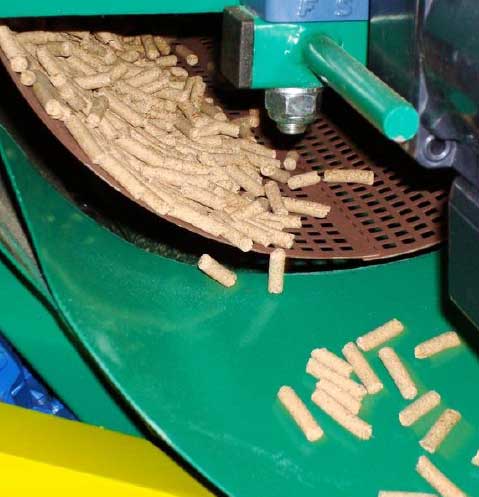




.jpg)




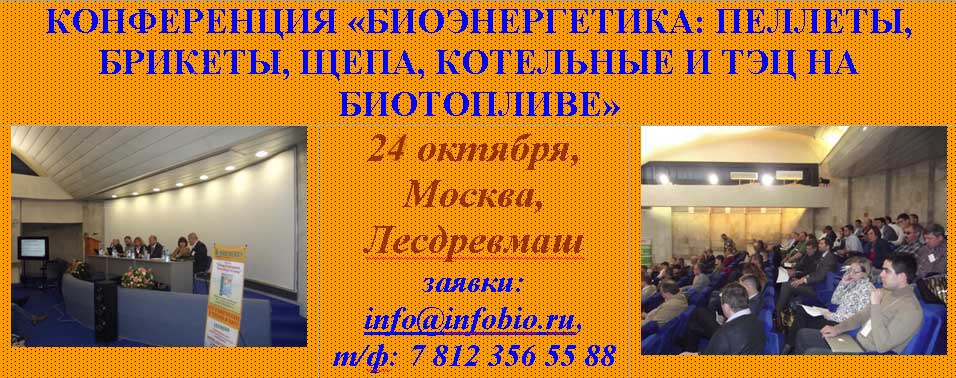
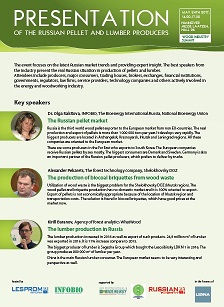

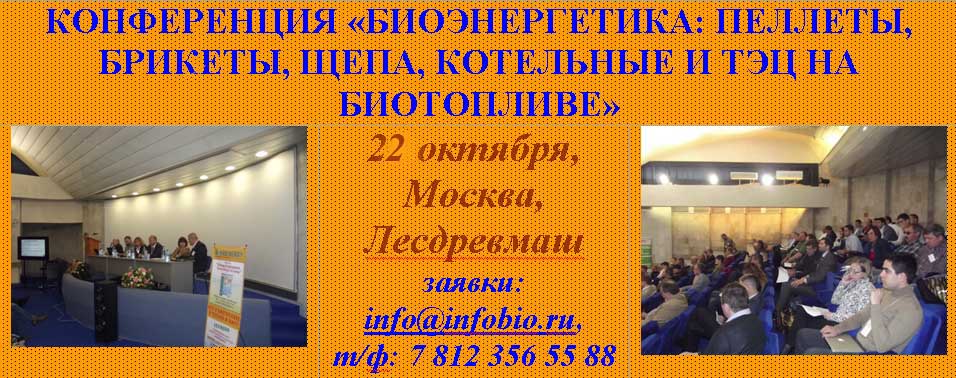
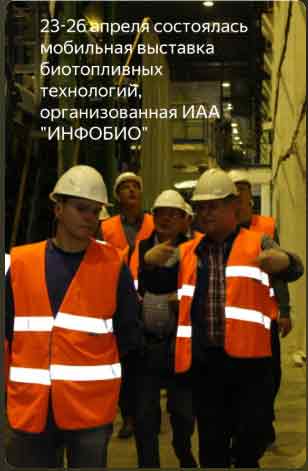
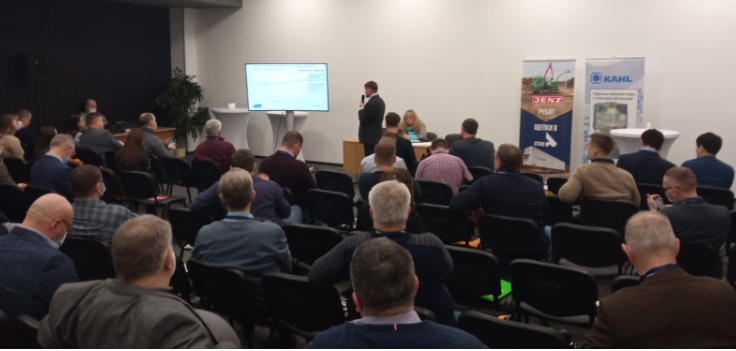
.jpg)
